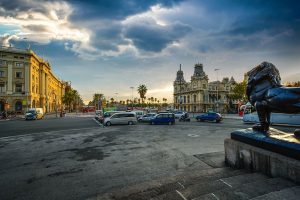Louvre Abu Dhabi celebrated its third anniversary on November 11, 2020, to review its most innovative year to date and look forward to the institution’s future.
Facing the unprecedented adversity in 2020, the museum has responded to the challenges brought about by the global epidemic with agility and greater creativity, commissioned it to produce the first short film “The Pulse of Time”, and initiated more than 20 new The digital plan has attracted millions of visitors to its museum’s growing online community.
The fourth year of the Louvre Abu Dhabi will maintain the same vitality, with the museum implementing new plans and launching exciting new acquisitions and loans in its galleries.
Louvre Abu Dhabi’s curatorial strategy is to tell stories about cultural connections in the form of empathetic viewing that we need now more than ever.
These connections are expressed through the juxtaposition of works from different cultures, geography and time.
As part of the third annual art rotation in galleries, masterpieces on loan from the Musée d’Orsay include Edgar Degas’ Bellelli Family (1858-1869), Pierre-Auguste Renoir Railway Bridge at Chatou (1881), Vincent Van Gogh’s The Caravans, and Bohemian Camp (1888), Claude Monet’s Haystacks, End of Summer (1891), Eugène Louis Gillot’s The Arrival of the “La Fayette” in New York (early 20 century), Osman Hamdi Bey’s Old man before children tombs (1903) and southern setting Pierre Bonnard, Le Cannet (1928).
In addition to these, the museum has installed several maps and valuable manuscripts from the 14th – 18th centuries on loan from the Bibliothèque Nationale de France.
Manuscripts from Syria, France, Egypt, India and Iran, containing sacred and scientific texts, contain the writings of the foundations of Abraham’s three beliefs – Judaism, Christianity, and Islam.





